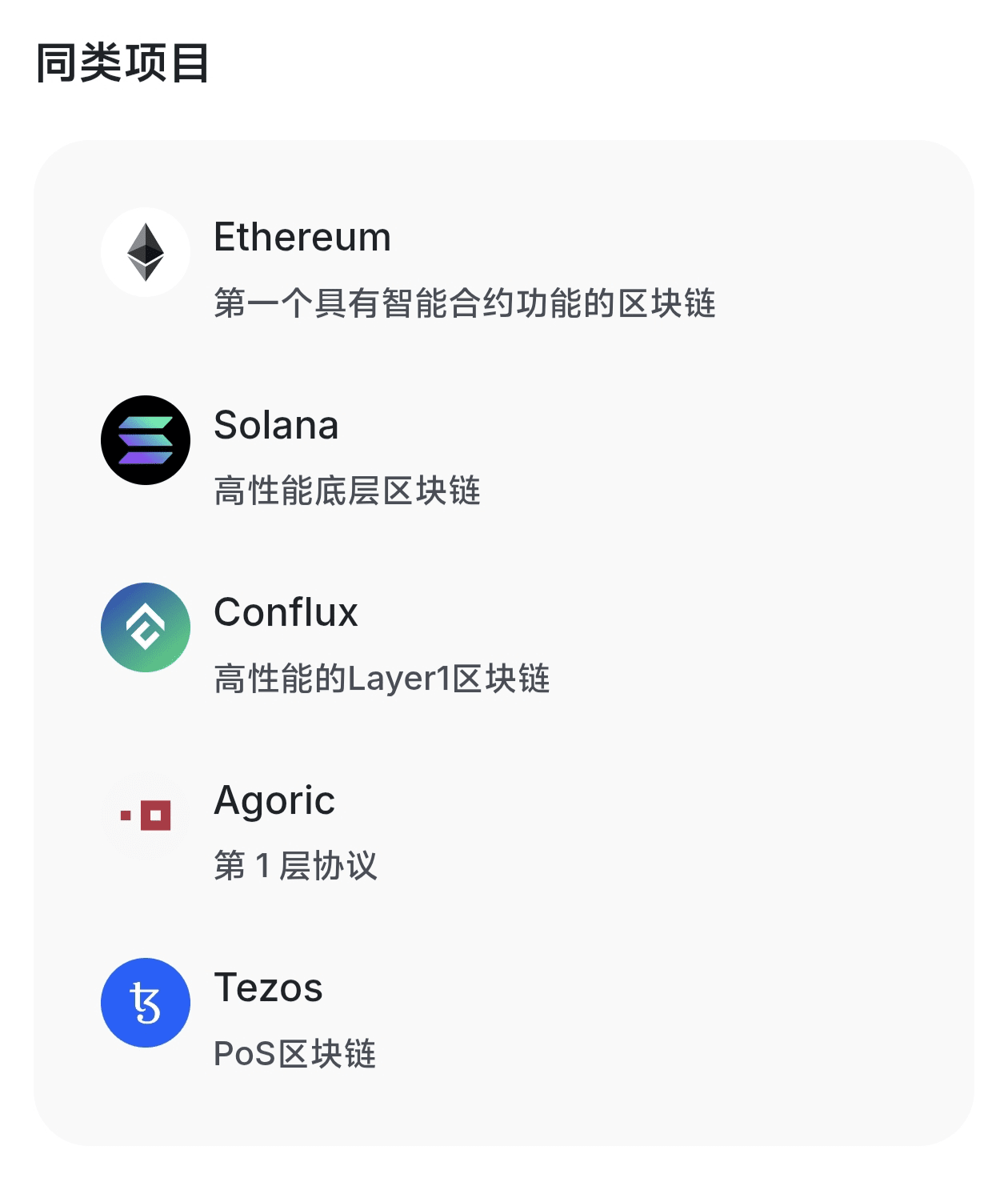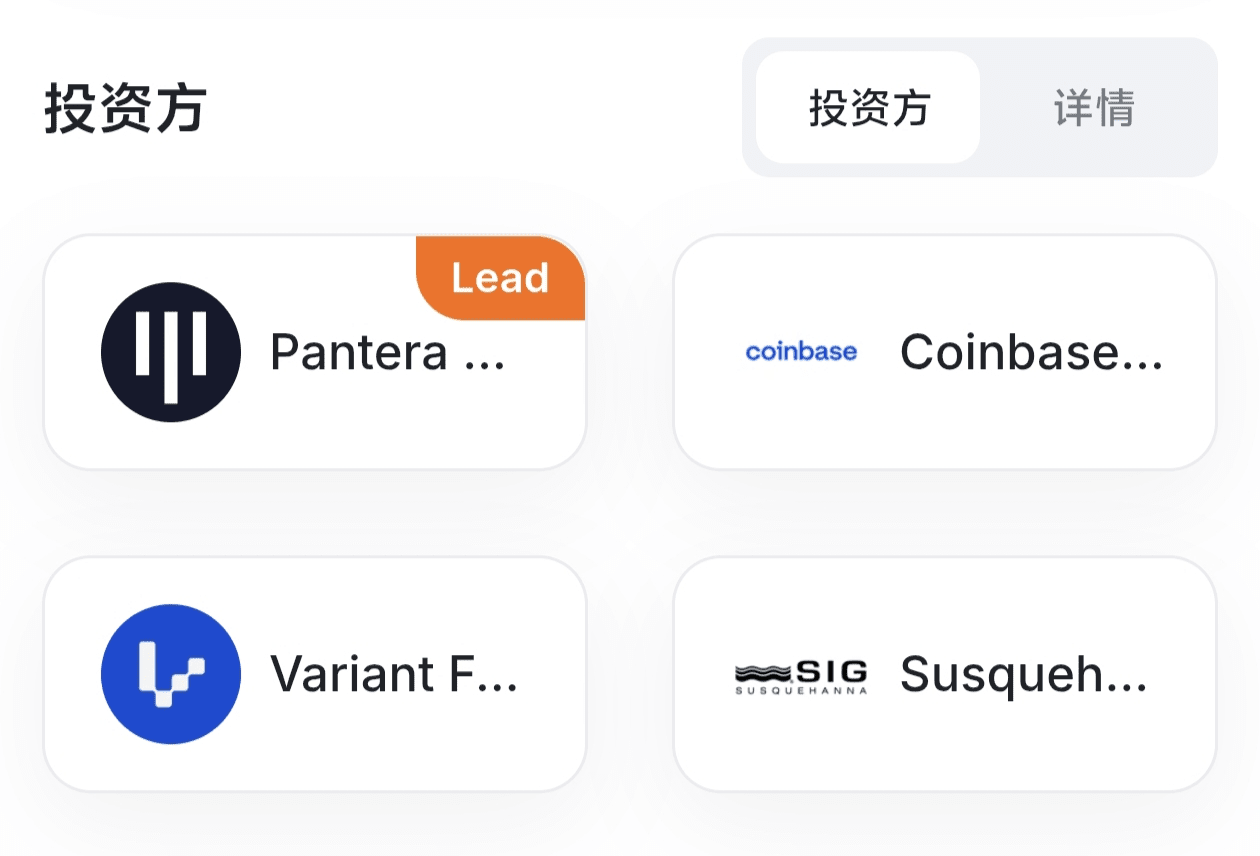Recently, I have been following Rialo, a real-world blockchain project developed by the Sui veteran team Subzero Labs, which indeed has many unique aspects. Unlike traditional Layer 1 and Layer 2 public chains, Rialo focuses on 'real-world native connections', striving to break the barriers between blockchain and real-world applications, allowing developers to easily build blockchain applications in a production environment just like developing Web2 applications.

Rialo's design philosophy is very advanced: it supports smart contracts to directly call web data (such as FICO credit scores) without relying on third-party oracles, which undoubtedly greatly reduces the development difficulty of blockchain applications. Even more exciting is that users can log in using familiar methods such as email and social accounts, completely de-blockchainizing the experience, significantly lowering the entry barrier for ordinary users.
Backed by well-known investors such as Pantera Capital and Sui developer Mysten Labs, Rialo's seed round financing reached $20 million, with team members from tech giants like Meta, Apple, Amazon, Netflix, Google, TikTok, and Mysten Labs, demonstrating formidable strength. CEO Ade Adepoju and CTO Lu Zhang have both worked on the Sui core team, raising expectations for the project's technical capabilities and ecosystem development.
From a technical perspective, Rialo combines the RISC-V open instruction set and Solana VM compatibility, reducing reliance on complex middleware such as cross-chain bridges and oracles, greatly simplifying the development process. Vitalik Buterin has also advocated for the adoption of RISC-V to enhance the efficiency of Ethereum's execution layer, further confirming the forward-looking nature of Rialo's technical route.
In addition, Rialo also emphasizes transaction confirmation at sub-second levels, stable low fees, 2FA, and timed trading, which are extremely important for attracting mainstream users. Its 'native integration' capability allows on-chain applications to directly call real-world services, such as payments and weather, expanding the application scenarios and holding significant real-world meaning.

Of course, Rialo still faces challenges in balancing decentralization with compliance and data privacy protection. However, overall, it provides an innovative and practical solution for integrating blockchain with the real world, holding the potential to become a key bridge connecting traditional internet and blockchain.

As a future currency recognized by capital, in the short term, as the project continues to progress and its ecosystem expands, Rialo is expected to attract more developers and users' attention, becoming a new highlight in the blockchain industry, worthy of ongoing tracking and in-depth research.
 PS: Recently completed initial financing, Anran suggests that friends with investment ideas can wait for a while and anticipate subsequent rises.
PS: Recently completed initial financing, Anran suggests that friends with investment ideas can wait for a while and anticipate subsequent rises.

